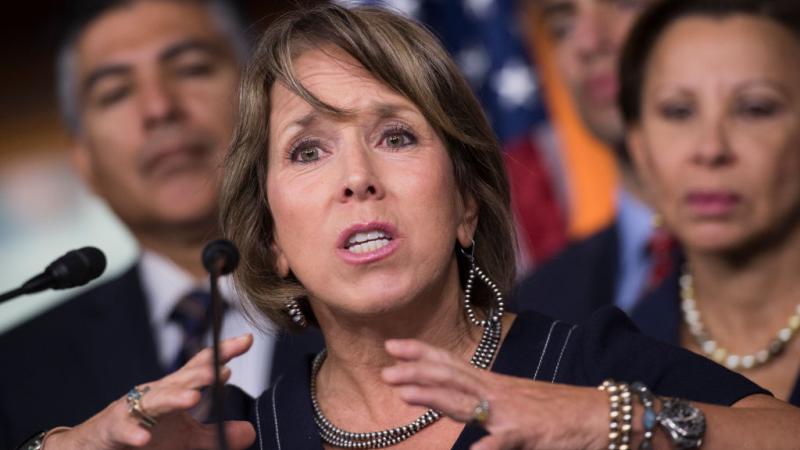Newsom proclaims 'clean energy victory' as CA energy costliest in mainland U.S.
Only Hawaii, at $0.44 per kWh, has higher home energy costs.
(The Center Square) -
(The Center Square) - California Governor Gavin Newsom proclaimed a “major clean energy victory” with a tenfold increase in battery capacity as the state’s energy costs rose to the highest in the contiguous United States, or double the national average. Only Hawaii, the island state in the middle of the Pacific Ocean, has more expensive energy.
“In just five years, California has increased its battery storage capacity more than tenfold,” Newsom said in a statement. Our energy storage revolution is here, and it couldn’t come at a more pivotal moment as we move from a grid powered by dirty fossil fuels to one powered by clean energy.”
Newsom announced the state has 10,379 megawatts of battery storage during Earth Week. Given that the state consumes 259.5 terawatts of energy per year — or approximately 711,000 megawatts of energy per day — that’s enough capacity to run the state for 21 minutes. Using the National Renewable Energy Laboratory’s lowest-end cost estimates for grid-scale energy at $245 per kWh today, this system, at the low end using today’s improved technology would cost $2.5 billion.
Between January 2021 and January 2024, state’s three largest utilities, which provide energy for three quarters of the state’s residents — Pacific Gas and Electric, Southern California Edison, and San Diego Gas and Electric — increased rates for homes by 63%, 52%, and 13% respectively to $0.40, $0.33, and $0.36 per kWh. For context, the U.S. average is $0.16 per kWh for residential consumers. Only Hawaii, at $0.44 per kWh, has higher home energy costs.
The California Public Advocates Office, a state government office, says the main drivers of California energy costs are wildfire mitigation, transmission and distribution investments — necessary for the state to carry fluctuating renewable energy sources across the grid — and rooftop solar incentives.
The state’s rooftop solar incentives, which pay owners of small-scale solar panels, cost non-solar generating households approximately $6.5 billion per year in transfer payments, approximately 15% of their energy bills — to solar-generating households, which tend to have double the median income of non-solar generating households.
California now has so much solar energy prices go negative during the day, meaning wholesale “purchasers” are paid to take energy.
Poor forest management has led to major increases in wildfires; roughly 40% of forests in California, or approximately 7.5 million acres of federal forests and 5.6 million acres of state-managed forests require the removal of fire-prone brush buildup that leads to wildfires via either manual removal or controlled burns. At the state’s current rate of treating just 100,000 acres of at-risk forest per year, California’s backlog would take 56 years to clear, not including the additional new areas that will need treatment.
















